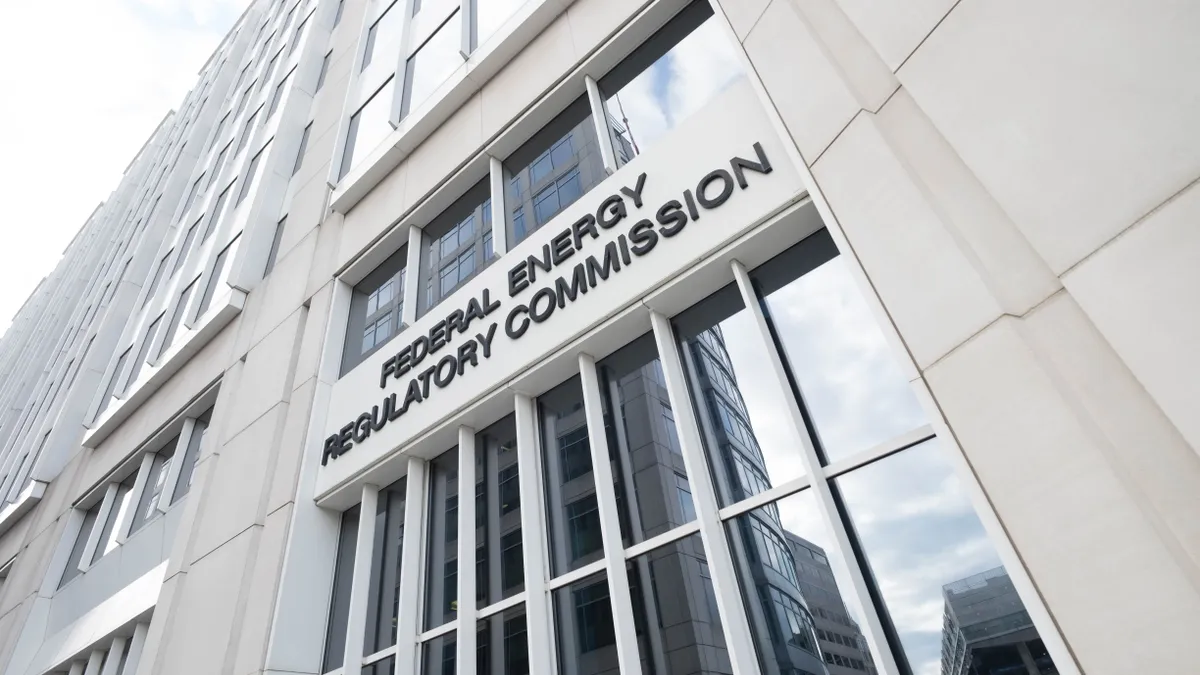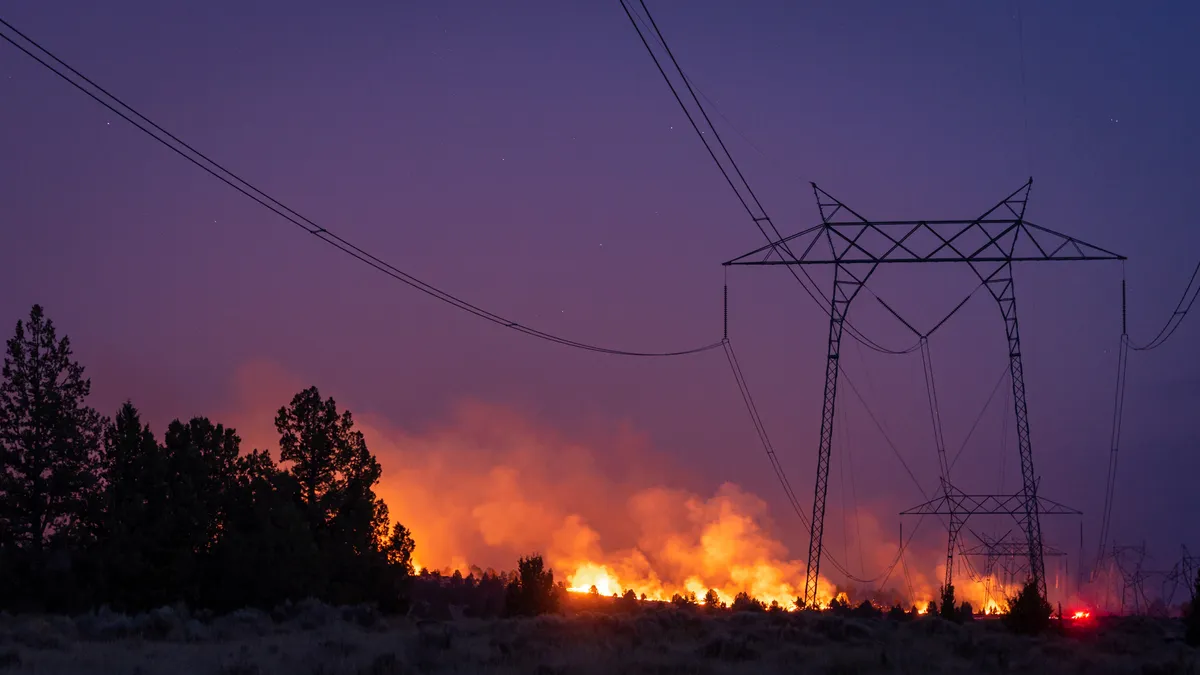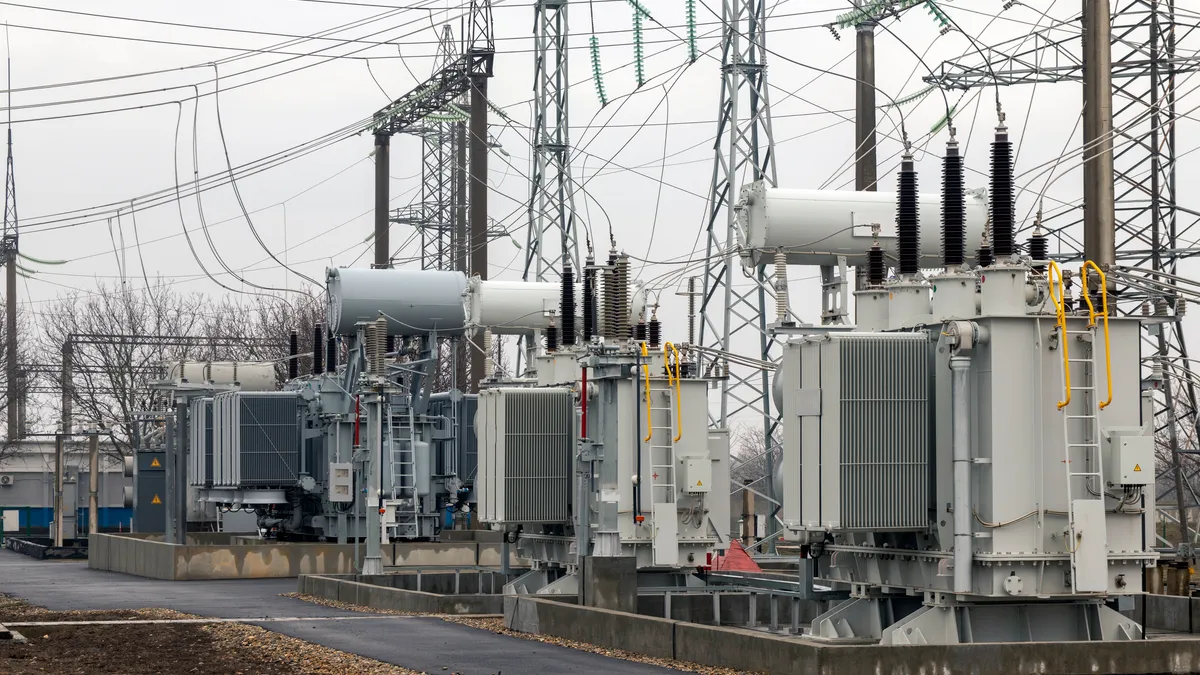The Federal Energy Regulatory Commission on Friday rejected the New York Independent System Operator's (NYISO) proposal to alter its capacity market in order to accommodate the renewable energy required for the state to reach 70% renewable energy by 2030.
Regulators said the ISO's proposal did not provide sufficient justification for prioritizing state-preferred resources independent of cost. Because the commission determined the proposal was discriminatory, regulators said they did not need to consider the ISO's arguments that its proposal would not cause price suppression.
FERC's decision is a win for fossil fuel generators, which argued the proposal would suppress prices. Some clean energy advocates say the decision is an opportunity for New York to assert greater control over its resource adequacy efforts, potentially including a state-controlled capacity market — though that move would be complicated.
FERC's order, issued heading into the Labor Day weekend, now puts New York in the same boat as a few other states struggling to have regional capacity markets accommodate their preferred energy resources.
The commission is "erecting barriers and making it harder for states to achieve their energy goals," said Chris Casey, a senior attorney at the Natural Resources Defense Council (NRDC) Climate and Clean Energy Program.
Last year, FERC issued an order expanding the Minimum Offer Price Rule (MOPR) in PJM Interconnection's regional capacity market, effectively raising the floor price for state-subsidized resources. That has led states, including New Jersey and Maryland, to consider exiting the market.
In New York, said Casey, the Public Service Commission has already launched a proceeding where it is considering resource adequacy issues and "if they should take back control" of how the state's resource mix is determined.
"I am hopeful this recent decision from FERC helps the ISO realize the current construct is fundamentally flawed and FERC is not cooperating with reforms," said Casey. "I hope it encourages them to work with the state to develop a state-controlled model."
Buy-side mitigation rules at issue
The issue in New York is buyer-side mitigation (BSM) rules, which are similar to the MOPR in PJM markets.
When a new resource comes onto the New York grid, BSM rules dictate that if that resource is receiving revenue from outside of the ISO's markets — including from the renewable energy credits the state uses to incentivize renewable development — the effects of that revenue are negated.
What FERC rejected on Friday were NYISO's proposed enhancements to Part A of the mitigation exemption test that would have allowed more renewable resources to clear the market.
Under the current mitigation rules, the ISO requires those resources to bid in at a minimum price, and that price "usually blocks those resources from participating in the market," said Casey. "It ends up costing New Yorkers extra money because they pay twice for capacity," meaning once through the state's clean energy programs, and again in the capacity market.
But FERC, in its 3-1 decision, said state-favored resources and non-public policy resources "are similarly situated resources in that they must adhere to similar requirements for interconnection and for participation" in the New York ISO capacity market. And because they are similarly situated, the commission concluded that the proposal would "unjustifiably limit non-Public Policy [Resources'] ability to pass the Part A test and participate on an equal footing with Public Policy Resources."
The decision was a win for fossil-fuel generators. The Independent Power Producers of New York had protested the ISO's proposal, arguing it was "flawed because it will increase the level of Renewable Exemptions improperly and cause capacity price suppression contrary to the Commission's directives."
Commissioner Richard Glick, FERC's lone Democratic appointee, cast the dissenting vote and called the order "just the latest in the Commission's ever-growing compendium of attempts to block the effects of state resource decision-making."
FERC has "perverted" the ISO's buyer-side market power mitigation rules "into a mind-boggling series of unnecessary and unreasoned obstacles aimed at stalling New York's efforts to transition the state toward its clean energy future," Glick wrote.
State regulators have indicated they intend to ask FERC to reconsider. The decision could ultimately be appealed to federal district court.
In a statement, the PSC called FERC's decision "the latest example in how far the Trump Administration will go in pursuit of a special interest agenda."
"Long standing FERC policy and precedent respected state's rights," the state commission said. "If allowed to stand, this decision would cause tremendous economic and environmental harm across the country by intentionally increasing energy prices for consumers to line the pockets of fossil fuel interests, and undermining successful renewable energy policies that have created hundreds of thousands of jobs."
The PSC said it intends to "protect its consumers and clean energy jobs by challenging this decision at FERC."
ISO President and CEO Rich Dewey said in a statement that the grid operator is "reviewing the order to assess next steps and remain[s] confident we can find a regulatory solution acceptable to all parties that supports the changing grid."
A new course for NY resource adequacy?
New York could take this moment to develop a new system for acquiring capacity that reflects state energy goals, according to some clean energy advocates. But it would not be an easy fix.
FERC's decision, if it stands, "will drive states that are committed to clean energy out of regional markets and back within their own borders," according to Jeff Dennis, managing director and general counsel for Advanced Energy Economy.
"This decision from FERC goes a troubling step beyond its earlier MOPR rulings," said Dennis. "Rather than pointing to supposed price suppression caused by state policies, it now flatly says that market operators can't even acknowledge the reality of lawful state policies."
New York could create a new resource adequacy structure, similar to the capacity market the ISO now runs, said NRDC's Casey. He said the ISO and its market participants could work with the state to enable the grid operator to remain the market administrator based on state-approved rules and guidance, while enhancing stability for market participants.
"In an ideal world, the state could even kind of expand this market to consider reliability measures that are beyond just resource adequacy," said Casey. Those could include distribution system measures such as tree-trimming, undergrounding cables, and networking circuits to enhance reliability, especially during extreme weather events.
Changes could also be made to ease the use of bilateral contracts, said Casey, which current rules discourage. They "present too much risk" because parties must enter into contracts for new renewables without knowing if the resources will clear the capacity market, he said.
Current capacity markets "were created 20 years ago and designed around the traditional system of generation," said Casey. "They were not designed for the grid of the future."
Dennis, however, in a Wednesday blog post, warned that "leaving an independently operated capacity market is no quick fix for the curve balls FERC has thrown at states." Leaving centralized capacity markets, he wrote, "is a fraught choice that should be pursued only if all other potential pathways have been thoroughly exhausted."
There are concerns among some energy companies that states leaving regional capacity markets will reduce the benefits of competition, Dennis wrote, along with creating barriers to market participation and increasing the costs of meeting clean energy goals.
FERC's Republican majority is "attempting to undermine clean energy and state choices," he said. But even still, "states would be better off working with RTOs/ISOs and other stakeholders to identify reforms to energy, ancillary services, and capacity markets to align them with state clean energy policies, rather than undermine them."
Clarification: Independent Power Producers of New York did not oppose the concept of New York ISO's proposed tariff changes, but specifically protested the coordination of proposed and existing exemption tests. "We were worried the ISO would end up granting too many proposals," said Matthew Schwall, IPPNY director of market policy and regulatory affairs.























